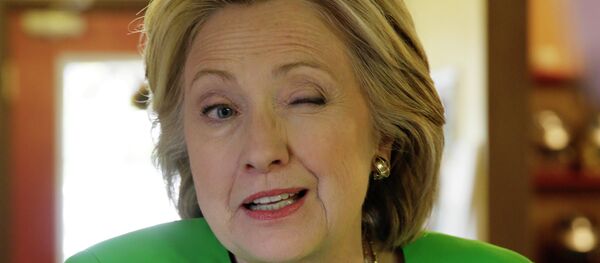Economic data suggests that Saudi Arabia may finally be feeling the effects of the oil war they waged against the world sending prices barreling into crisis levels in February below $30 per barrel and well below the country’s own breakeven price of roughly $65 per barrel.
In the first quarter of 2016, real GDP growth decelerated to 1.5% year on year well below last year’s first quarter figure of 3.3% growth signaling that the government’s austerity measures imposed to withstand the shock they instilled in oil prices may soon trigger a recession in the Kingdom.
With oil prices recovering, Saudi Arabia’s struggles are a promising sign for energy-rich countries around the world that may soon be able to look forward to a surge in oil prices if Riyadh starts to pull supply offline.
In recent months, Saudi Arabia has pledged to continue over suturing the oil market even if prices once again cascade down to February levels with the country already increasing oil output 20% to 10.5 million barrels of oil per day and with the Crown Prince calling for the country to supply 11.5 million barrels per day by the end of 2016 and an unprecedented 12.5 million barrels daily by early 2017.
Saudi Arabia reasoned that in the long term it was more important to protect market share from regional adversary Iran and to bankrupt US shale oil drillers, but with the country’s economy starting to barrel off a cliff of their own making the House of Saud may be forced to take a step back.
The news may ultimately avert catastrophic damage to countries like Venezuela, Algeria and Libya whose economies are heavily dependent on oil, but who lack the requisite access to capital markets to weather the collapse in the commodity’s price.
It may also prevent a doomsday scenario, as suggested recently by oil analyst A. Gary Shilling who predicted that world oil markets could crash down to $10 per barrel of oil saying that the market’s recovery is short lived and based heavily on lost Canadian output due to the oil sands fire in Fort McMurray.




